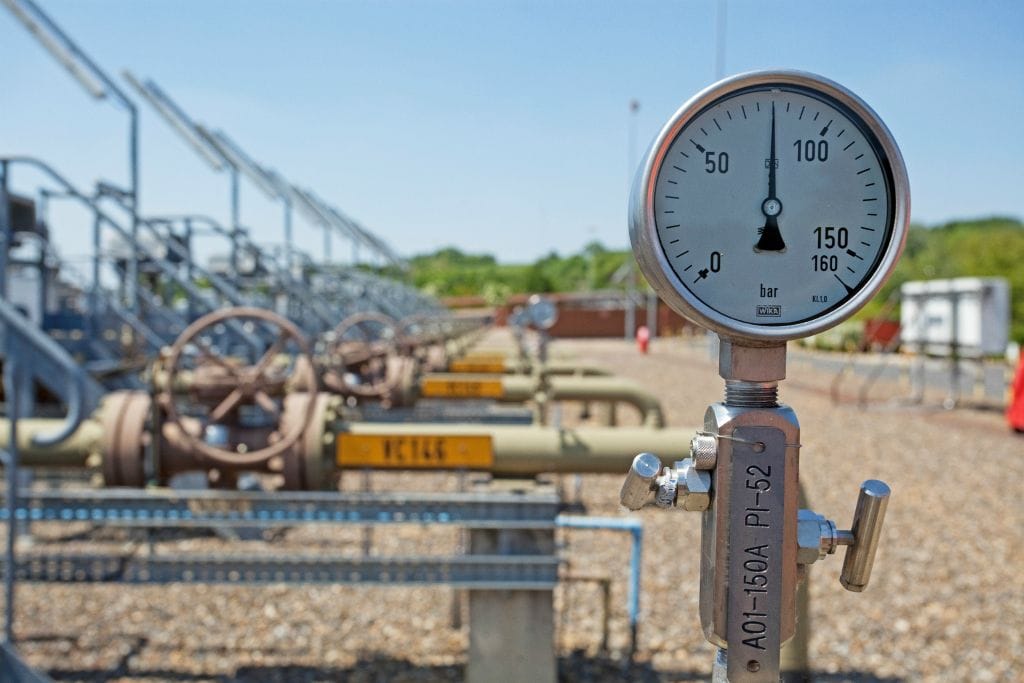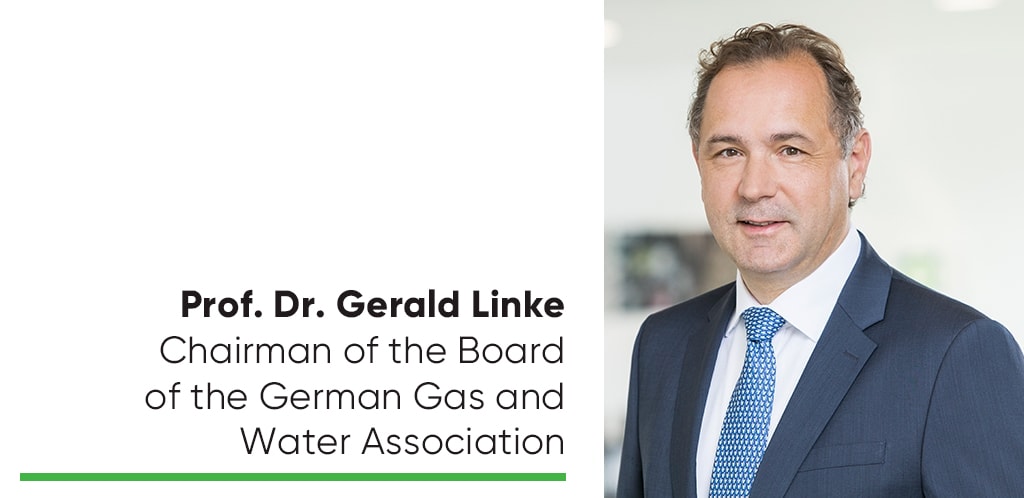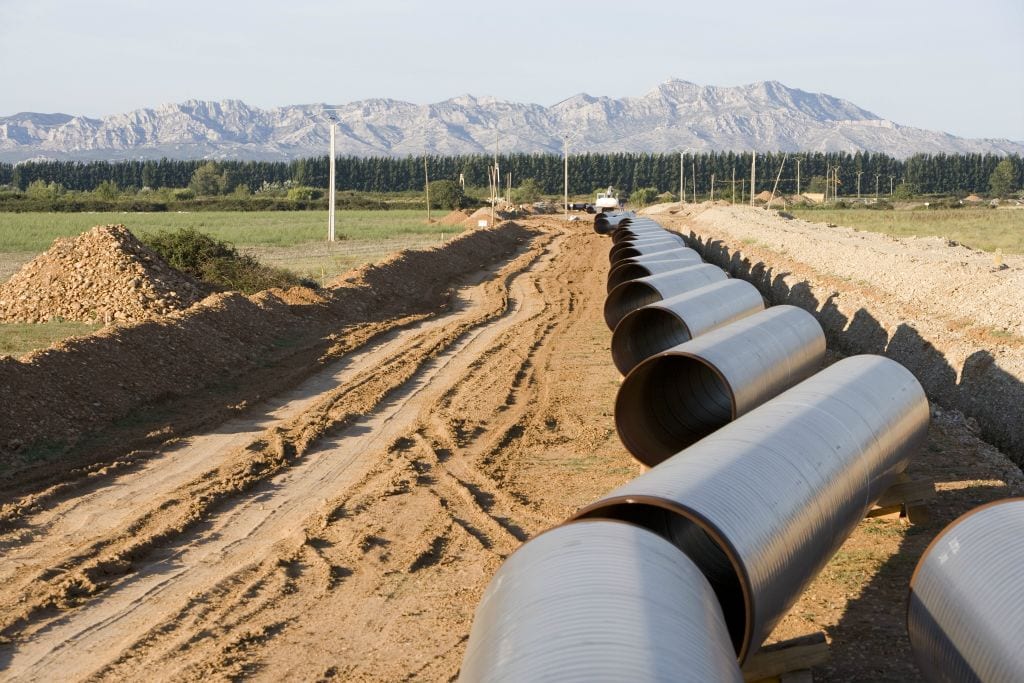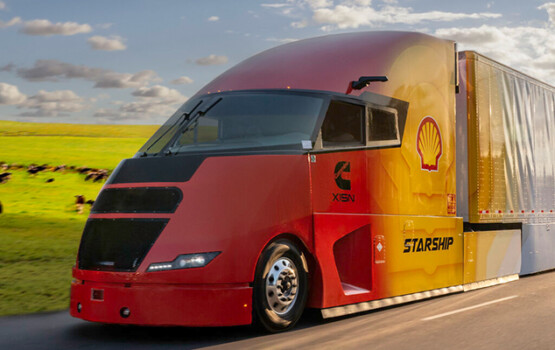Portal for more climate-friendly mobility

Gas pipelines are ready for hydrogen
The existing gas grid can supply energy in a cost-effective and climate-neutral way. A comprehensive study from Germany shows: The steel pipelines installed in the gas grid are suitable for transporting hydrogen.
 Source: Storengy – GIE
Source: Storengy – GIE
The German long-distance grid operator Open Grid Europe GmbH, which is responsible for the largest long-distance gas grid in Germany with around 12,000 kilometres, has conducted the “SyWeSt H2” project together with the Materials Testing Institute of the University of Stuttgart. Behind the cryptic name hides the research project commissioned by the German Technical and Scientific Association for Gas and Water (DVGW), “Random testing of steel materials for gas pipelines and installations to assess their suitability for hydrogen”.
In this project, a representative cross-section of the steels used in German and, in some cases, European pipelines was exposed to extreme operating and ageing influences under hydrogen and technically tested. And the highlight of the whole thing: There is no discernible difference in the wear and tear under hydrogen compared to that of the natural gas previously transported. Source: DVGW
Source: DVGW
“The research results are groundbreaking for the future of hydrogen. Of the three challenges along the value chain – production, transport and utilisation – transport has now been fundamentally solved,” explains DVGW Board Chairman Gerald Linke. “In pipeline networks, the pipes will continue to be able to be used, and only individual installation parts or station elements will have to be upgraded or replaced. This makes sense from an economic point of view, because we can fall back on an existing infrastructure with an investment volume of around 300 billion euros made over many decades.”

Source: DVGW/Kurda
Instead of building a new gas network for the transport of hydrogen, the existing network can be used in Germany – and probably also in large parts of Europe and Switzerland, because similar high-pressure pipelines with a diameter of around 30 centimetres are used here for the regional networks as in Germany – and made “H2-ready” at low cost. In Germany, experts currently assume total costs of “only” about 30 billion euros for its more than 550’000 kilometre-long natural gas network in order to convert it for the transport of hydrogen.
 Pipes for a new gas pipeline are currently being laid here. According to the comprehensive study, these are also hydrogen-compatible, so that the German natural gas grid could also be made “H2-ready” with little effort. Source: GIE
Pipes for a new gas pipeline are currently being laid here. According to the comprehensive study, these are also hydrogen-compatible, so that the German natural gas grid could also be made “H2-ready” with little effort. Source: GIE
Millions of households and businesses with a gas connection could thus be made “H2-ready” with relatively little effort and thus be supplied with 100 percent climate-neutral hydrogen via the existing infrastructure. For the research project, samples of the steels used in German pipelines were subjected to comprehensive measurement methods that, compared to previous studies, take into account additional variables such as the influence of hydrogen pressure. These new methods enable more accurate service life forecasts and correspondingly longer predictable operating times for pipelines, which at the same time allows for better planning and maintenance of the gas network.
 A hydrogen mixing plant at the Megal compressor station in Waidhaus (Bavaria). Source: OGE
A hydrogen mixing plant at the Megal compressor station in Waidhaus (Bavaria). Source: OGE
This is good news, also for the efforts in Switzerland to promote the use of hydrogen. Arthur Janssen, Head of Strategy & Innovation at IWB, recently explained at an information event that hydrogen could one day replace process gas in Basel. The phase of the first pilot projects is currently underway. Between 2025 and 2030, larger pilot projects with pipeline-based distribution are planned. And between 2030 and 2035, Janssen expects the Basel region to be connected to a European H2 transport network. At the same event, Matthias Hafner of the Swiss Gas and Water Association (SVGW) called on participants to analyse their own networks and facilities and to start planning to become “H2-ready”, and also referred to the DVGW database.
 Scenarios for a possible hydrogen network across Europe according to the Gas for Climate consortium: Source: OGE
Scenarios for a possible hydrogen network across Europe according to the Gas for Climate consortium: Source: OGE
The Association of the Swiss Gas Industry also summarises the facts about hydrogen in Switzerland in the latest H2 Barometer, which is published every six months at the beginning of April. It also discusses scenarios for supply, demand, potential import routes and the likely development of import costs for hydrogen. (pd/jas, 25 April 2023)
You might also be interested in

Shell Starship on record hunt
